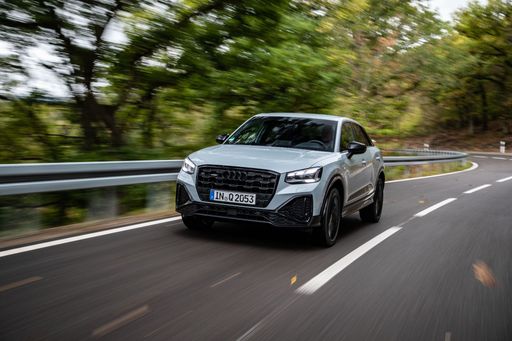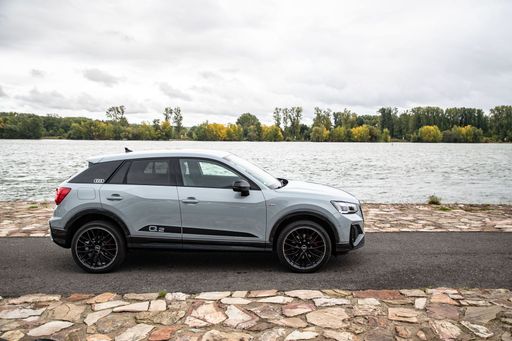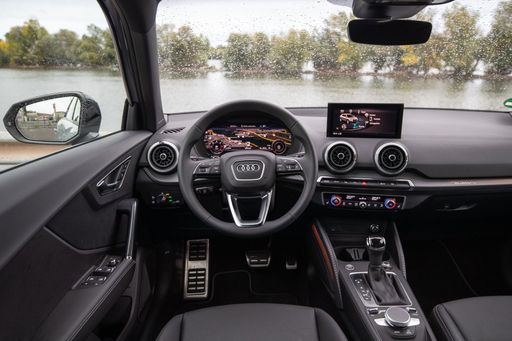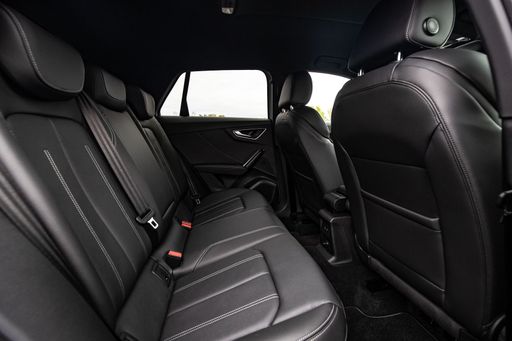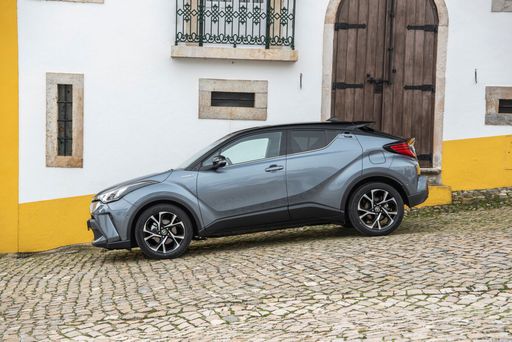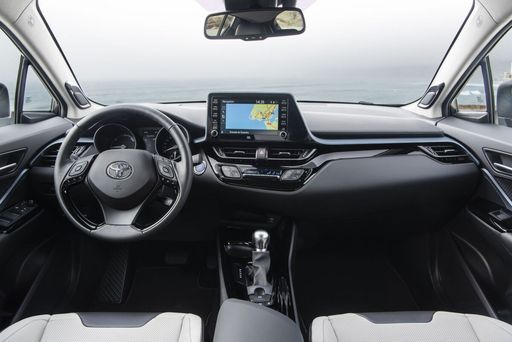Audi Q2 vs. Toyota C-HR: A Clash of Modern Compact SUVs
The compact SUV segment has witnessed a surge in popularity, with automakers racing to innovate and capture the attention of urban explorers and families alike. Amongst the top contenders in this realm are the Audi Q2 and the Toyota C-HR. Let’s delve deeper into their technical aspects, innovations, and unique selling points.


